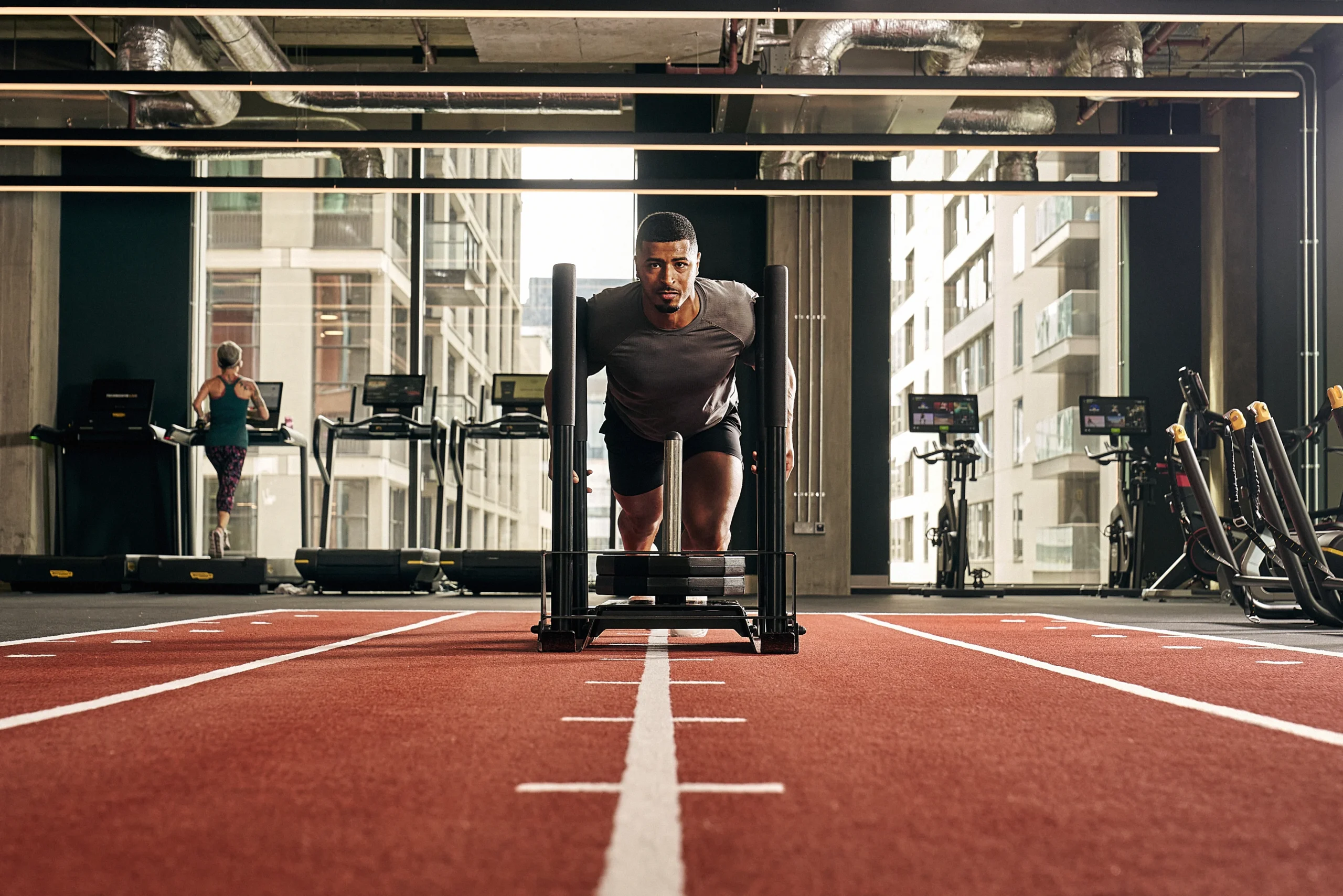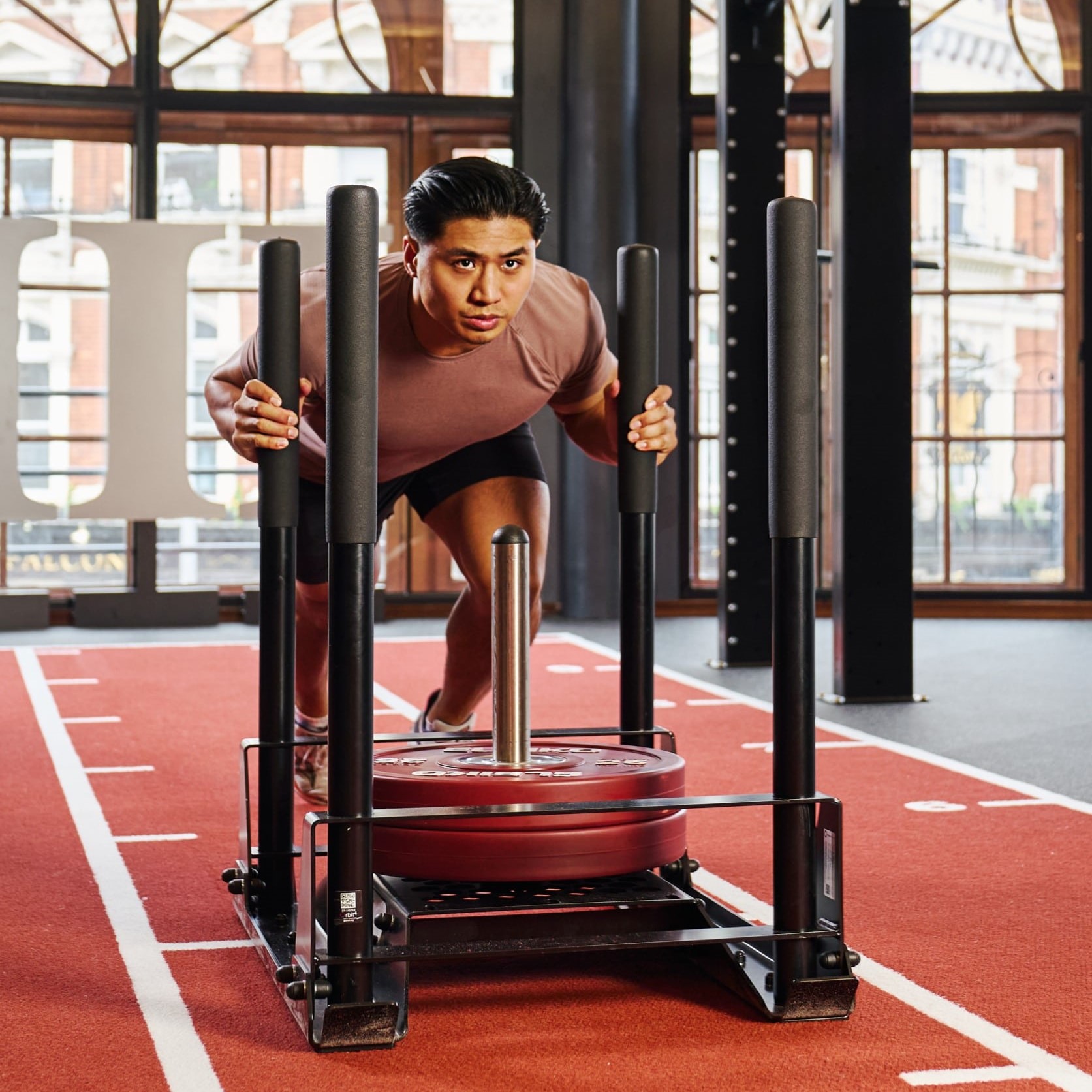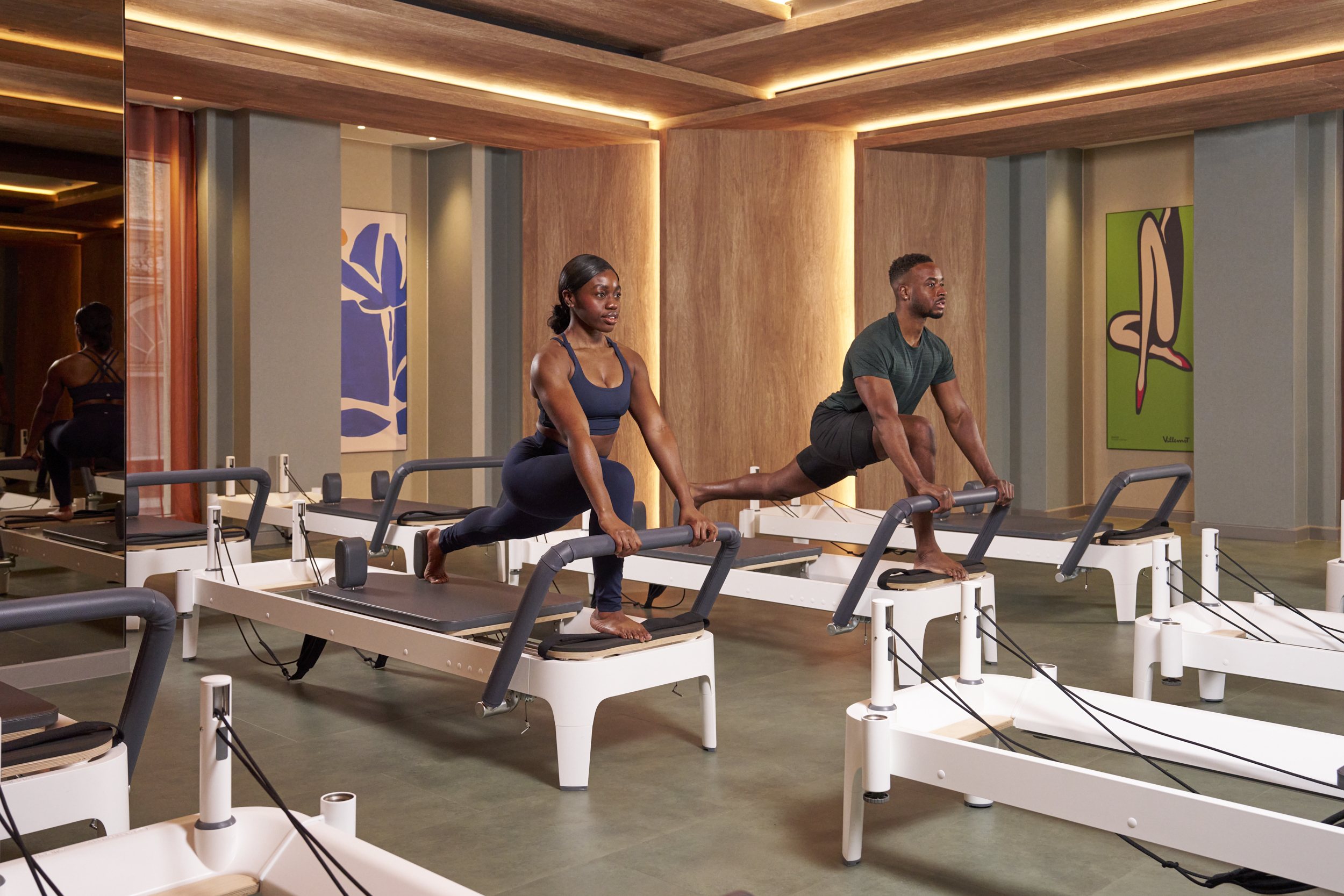- Linkedin Share
- Twitter Tweet
- Email Share
- Copy link Copy link Copied to clipboard
In today’s world, understanding your unique physiology empowers you to train smarter, live longer and improve your overall quality of life. Hence, why the overarching health and wellness trend of 2025 is longevity. While performance testing was once considered intimidating or inaccessible, these tools are now being used by everyday gym-goers to uncover personal strengths, address weaknesses and set realistic, meaningful goals.
The term “peak performance” doesn’t have to mean HYROX podiums or breaking records — it means reaching your personal best. Whether you want to move more freely, prevent injuries, increase energy or simply feel stronger and more capable in your daily life, performance testing offers data-driven insight into how your body functions and how to support it better. Elite Personal Trainer, Tim Hart, helps explain how these tools can help you achieve your health and fitness goals.
Movement Screening: Identifying How You Move
This AI-driven system assesses how well your body performs foundational movement patterns like lunges, overhead squats and rotations. It evaluates range of motion, flexibility, balance and mobility to pinpoint areas of limitation or imbalance. For instance, if you regularly practice mat Pilates, you may have strong flexibility but struggle to maintain that range under load or when asked to perform with symmetry between sides. These insights help tailor exercise programs that enhance performance, prevent injuries and make everyday tasks easier and safer.
Deck Power and Force Analysis: Measuring Strength, Balance and Reactivity
This test uses deck-mounted force plates to assess lower-body strength, power output and balance through both isometric holds and explosive jump movements. It compares left and right leg performance to uncover muscular imbalances that could lead to inefficient movement or increased injury risk. Jump tests evaluate your ability to react and generate force quickly — important not just for athletes, but for anyone wanting to reduce fatigue, improve movement quality or prevent falls. Balance metrics and vertical force output help determine how effectively your muscles support posture and movement as you age, highlighting opportunities for smarter, safer training.
VO₂ Max: The Longevity Metric
VO₂ Max measures how much oxygen your body can absorb and use during exercise. It reflects not just cardiovascular capacity, but also the health of your muscles, metabolism and cellular function. More than just a fitness metric, it’s one of the most powerful indicators of long-term health and lifespan. A higher VO₂ Max is strongly correlated with lower mortality risk and a longer, more active life. Lifestyle habits like diet, smoking and activity levels — as well as your genetics — all influence this score, making it a valuable benchmark for improving both performance and healthspan.
Grip Strength: Small Test, Big Impact
Grip Strength Testing uses high-precision sensors to assess the force you can generate through your hands and forearms. Grip strength is closely tied to overall muscular endurance and strength. Imbalances between sides can indicate areas of weakness, and because grip strength naturally declines with age, tracking it can help you stay independent longer. It directly impacts your ability to perform everyday tasks and basic resistance training, making it a critical marker of functional fitness.
Sweat Analysis: Smarter Hydration, Better Performance
This test analyses the composition of your sweat to assess hydration levels and sodium concentration. Everyone’s sweat profile is unique, but it remains consistent across different types of exercise — so knowing yours helps tailor hydration and electrolyte replenishment strategies effectively. This reduces the risk of cramping, overheating and fatigue, and ensures your body is well-supported during physical activity. Whether you’re going for a run, hitting a class or just staying active, sweat testing helps you optimise fluid intake and sustain energy more efficiently.
Why It All Matters
Our Performance Lab testing, launching in June, isn’t just about numbers — it’s about personalisation. Understanding how your body moves, performs and responds under different conditions allows for smarter, safer and more effective training. These tools are not about chasing elite levels of fitness, they’re about helping you live, move and feel better in the body you have, every day.




